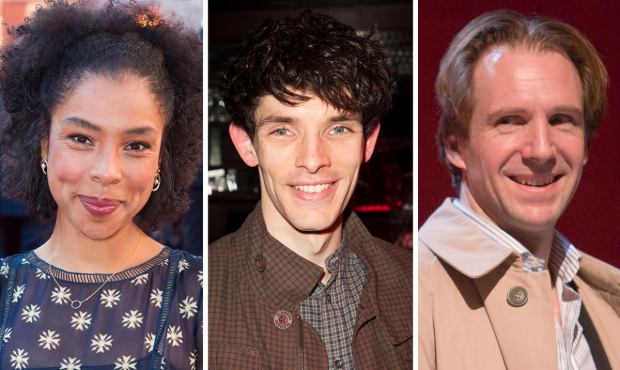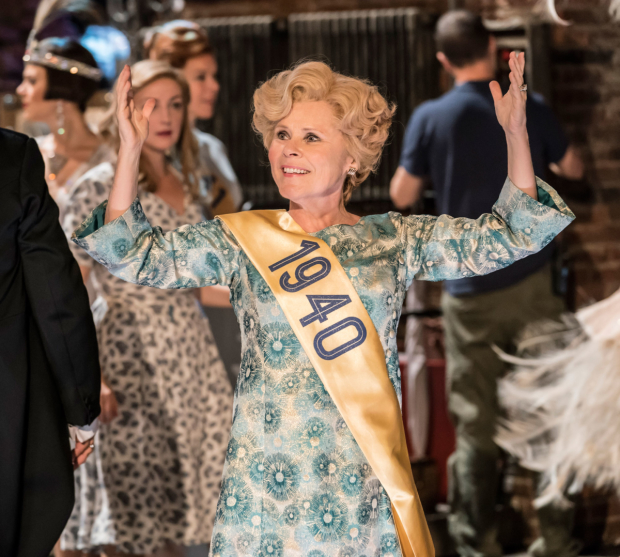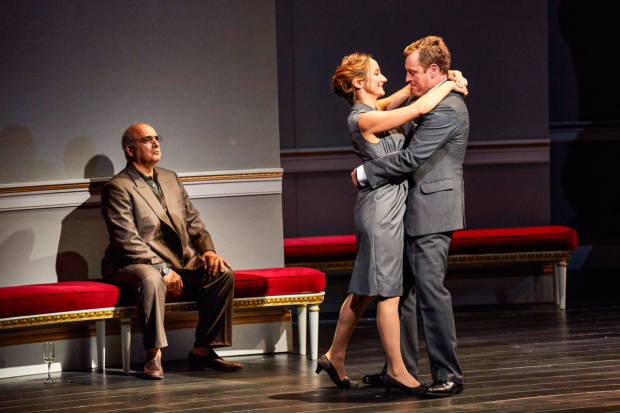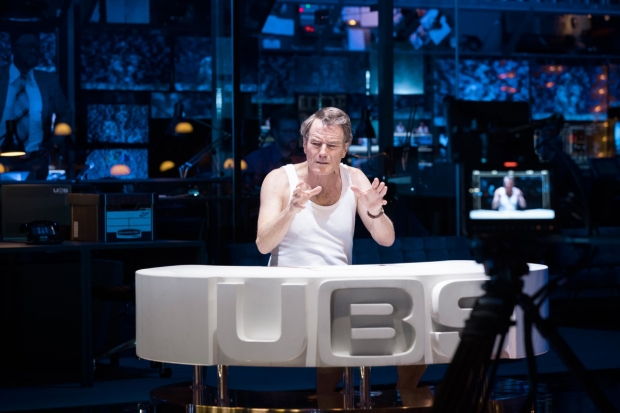Review: Pinocchio (National Theatre)
Anyone rolling up to the National Theatre expecting a jolly children’s Christmas show which replicates the cheerful 1940 film is in for a big surprise. This version of the story of a wooden boy who wants to be real owes as much to its Italian originator Carlo Lorenzini – known as Collodi – as it does to Walt Disney.
It is darkly beautiful and disturbing, a morality tale rather than a singalong adventure. But it isn’t, for all the creators’ best efforts, quite magical enough. It looks sensational, but unlike Harry Potter and the Cursed Child which was director John Tiffany‘s last outing for children – or indeed unlike his entrancing Let the Right One In – it never quite soars to the heights.
The way it looks takes the breath away. The opening scene, when snow falls and the mysterious Fox tries to cut down a tree in a forest until he is stopped by the flickering blue flame that darts across the stage representing the Blue Fairy is full of promise.
Then, when Pinocchio’s father Geppetto appears in the shape of a huge-headed, half-bodied, lumbering puppet, three times life-size, you think: 'This is going to be brilliant'. The playing with scale – so Pinocchio (Joe Idris-Roberts) looks the size of a puppet in relation to his giant creator – is thrilling. The way that Mark Hadfield can both manipulate the puppet and turn in an outstandingly moving performance as Geppetto is impressive.
Throughout the puppets, co-designed by Bob Crowley (also responsible for the sets and costumes) and Toby Olié (in charge of puppet direction) are both striking and lovely, with a strong 19th century Italianate influence in the designs, whether it is the little Jiminy Cricket with her shining red eyes, the toweringly creepy Coachman all red-veined cheeks, or the razzle-dazzle showman Stromboli. The fact that both actors and puppeteers move them around, roots them firmly into the action.
Crowley confidently switches the stage from the vaudeville show where Pinocchio seeks fame, to the sinister Pleasure Island where the bright lights mask an evil intent, to the inside of a whale. Within these wonderful spaces, starkly lit by Paule Constable, Tiffany, the movement director Steven Hoggett, and the illusions expert Jamie Harrison, set the energetic cast dancing, moving and even flying with fluency and impact. Martin Lowe has extended the Disney songs to provide an effective though not particularly memorable score.
The problem lies in the story. Pinocchio is a difficult tale. Being selfish and naughty, he’s not a very nice central character – as Disney discovered. His most interesting quality is the way his nose grows when he lies (not that often here) and his escapades are strange and upsetting rather than exciting: the naughty children on Pleasure Island are turned into donkeys and sent to the glue factory (or to the mines, here) for goodness sake.
You can almost feel Dennis Kelly, who had such success with Matilda, straining to make something of this much more intractable tale. His solution, which sends his hero on a parable of the modern afflictions of fame, pleasure and money and ends up with a very contemporary lesson about the value of pain, doesn’t really come off. The dialogue all too often is flat and heavy-handed.
He scores some successes though – and they are rewarded with beautiful performances. I was very fond of Audrey Brisson’s OCD Jiminy Cricket, with her constant worries about bacteria and germs, and David Langham is excellently oily and terrifying as The Fox, catching a perfect tone of menace and madness. Hadfield anchors the whole thing with his warmth and his sense of loss.
It is all so nearly wonderful. But rather like Pinocchio himself, it just stubbornly fails to come to full, breathing life.
Pinocchio runs at the National Theatre until 10 April.















